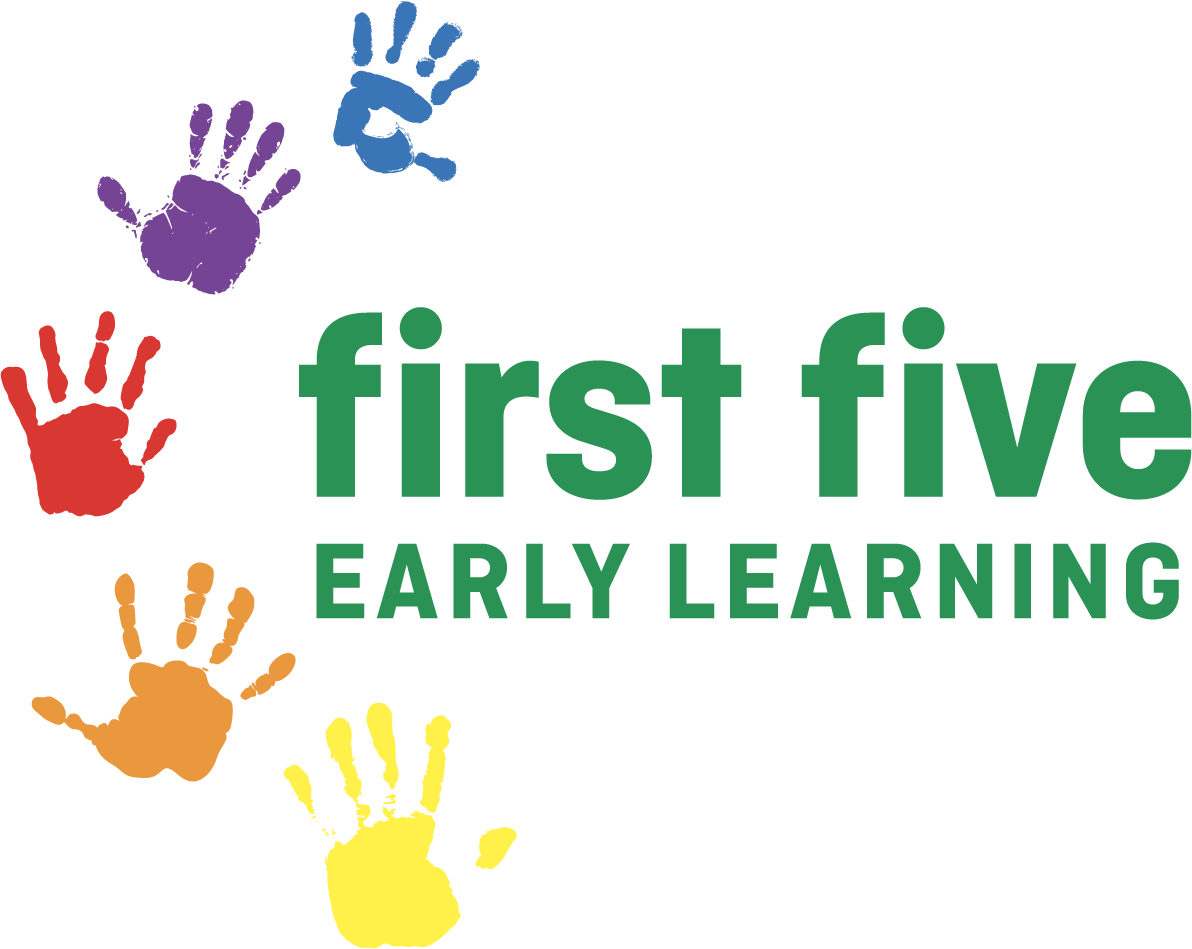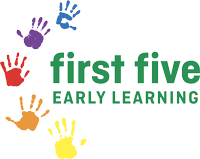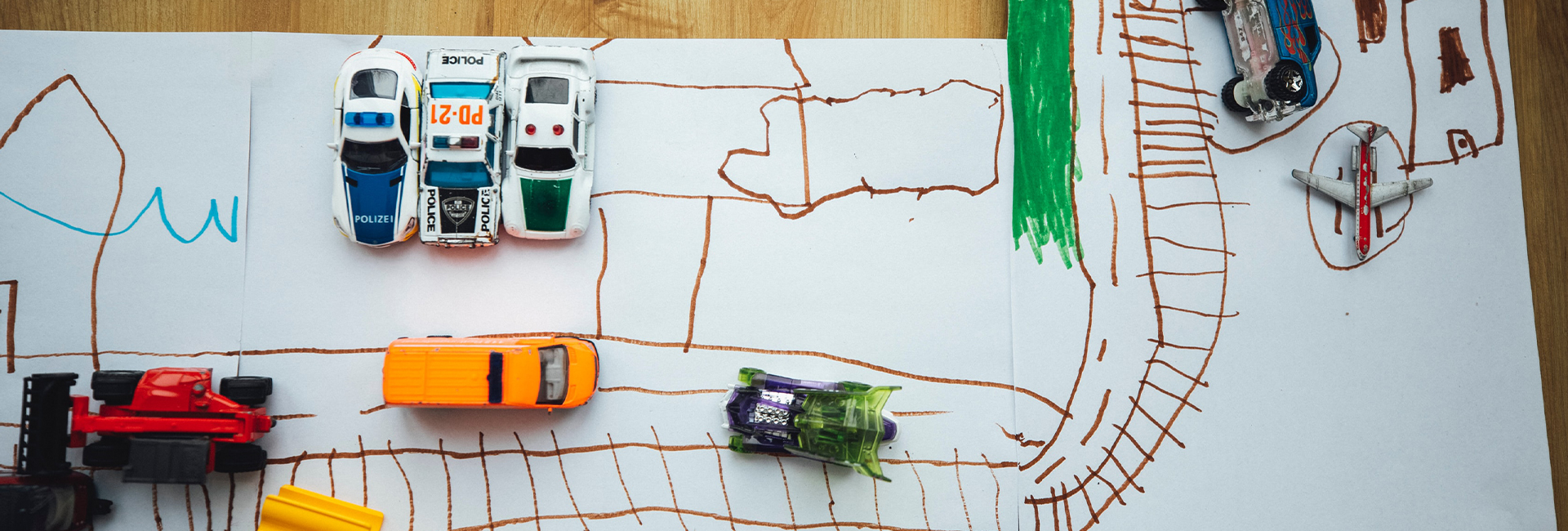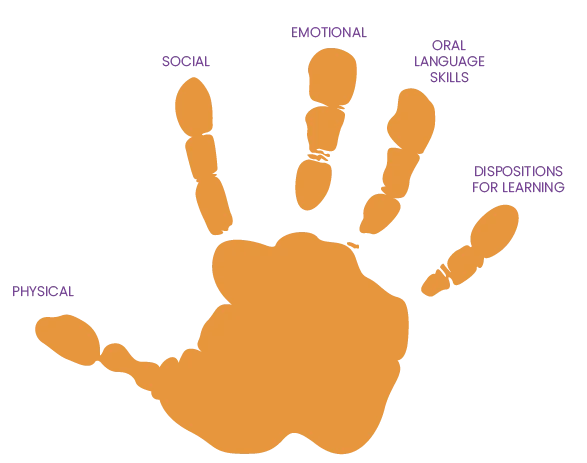We offer families a government-approved kindergarten program, with a bachelor-qualified teacher delivering the kindergarten program.
To qualify, teachers must hold either a 4-year Bachelor of Education (Early Childhood) or 2-year Masters of Teaching (Early Childhood) degree, or an equivalent degree as approved by the Australian Children’s Education and Care Quality Authority (ACECQA).
In the kindergarten room, the learning environment fosters children’s curiosity and immerses them in play-based and inquiry-based approaches to learning. Inquiry-based learning invites children to explore concepts, ideas and interests and to problem-solve through creative thinking. A well-designed learning environment for children aged 4-5 years provides room to create and problem-solve, with threads of inquiry evident across play spaces for children to experience and understand concepts in different ways.
In kindergarten, children are 4 for a whole year! We celebrate who they are now, confident that the educational program affords ongoing opportunities to develop knowledge and skills relevant to later formal schooling. In the year prior to school, university-qualified teachers guide and support your child to be curious, capable and collaborative, all of which are dispositions for success in learning and life.
In the kindergarten room, children engage with open-ended resources, a feature of our learning environments. Open-ended resources don’t automatically suggest to children what they do or what they’re for, meaning children need to talk, collaborate, and negotiate with peers about how they will be used in play. With open-ended resources, children exercise their imagination and creative thinking skills. Construction areas provide spaces where children choose what to build or create. Resources are varied and accessible, with multiples of items to support group play and interactions, along with individual work. Arts spaces invite exploration of different mediums, including clay and different forms of painting. Quality resources and long blocks of time engage children deeply in processes of art-making.
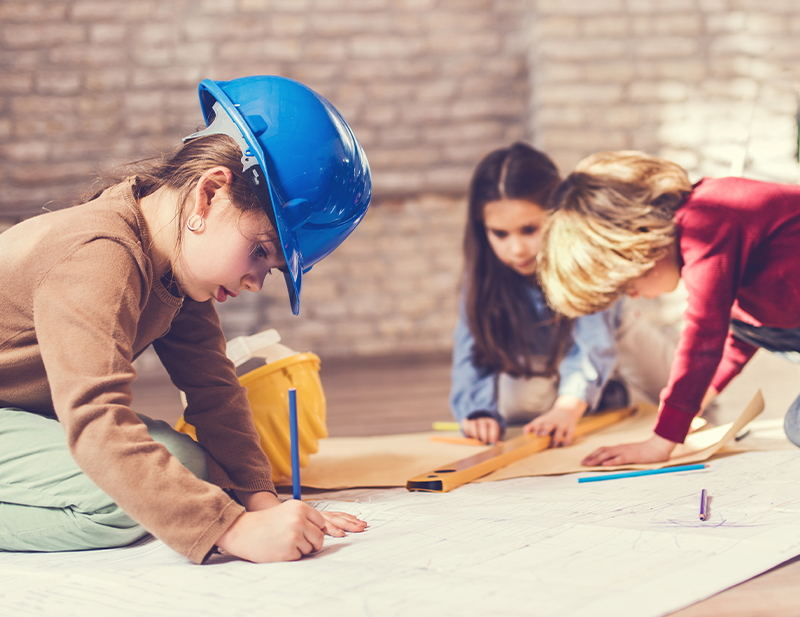
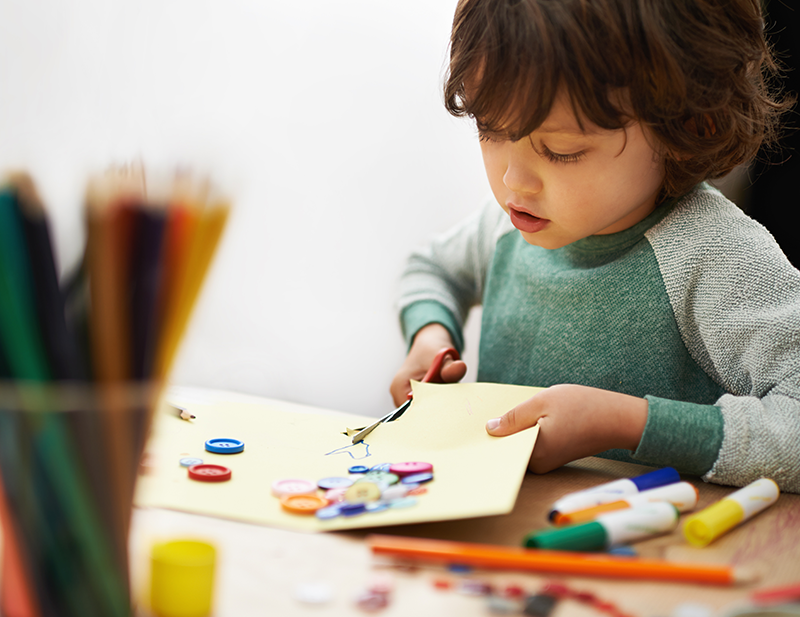
Literacy and numeracy concepts are embedded across the learning environment. The addition of paper and pens in dramatic play spaces teaches children about different purposes for mark making (early writing) to represent concepts and meaning. Environmental print (posters, logos, signs, labels) is incorporated purposefully to represent everyday life, along with fiction and non-fiction books relevant to the play space and children’s current interests and ideas. Promoting children’s oral language is the basis for our literacy program, with a focus on phonemic awareness (hearing the sounds of a language) through play-based approaches to literacy learning.
TRANSITION TO SCHOOL
There are five foundational skill sets which support children’s transition to school or school readiness. Physical, social and emotional skills, along with oral language skills and dispositions for learning develop from birth.
Across all age groups, children are developing foundational skill sets which, in time, support their transition to school. In the 3-4 years and kindergarten rooms, a focus on the five foundational skill sets is expanded to ensure we are supporting preparedness for the centre-school transition.
KINDERGARTEN TRANSITION STATEMENTS
As part of the kindergarten program, teachers prepare an end-of-year Transition Statement.
The transition statement provides a snapshot of your child’s knowledge, skills and dispositions for learning across the five learning and development areas for the state-based learning guideline. Kindergarten teachers develop the statement from a strengths-based perspective and draw from information you have shared about your child, along with observations and formative and summative assessments of your child’s learning and development recorded across the year.
Transition statements help families to:
- Understand their child’s learning and development progress
- Share information with their child’s school to support continuity of learning.
For schools, transition statements help Prep teachers to:
- Understand each child’s learning and development progress
- Support each child’s successful transition to school.

